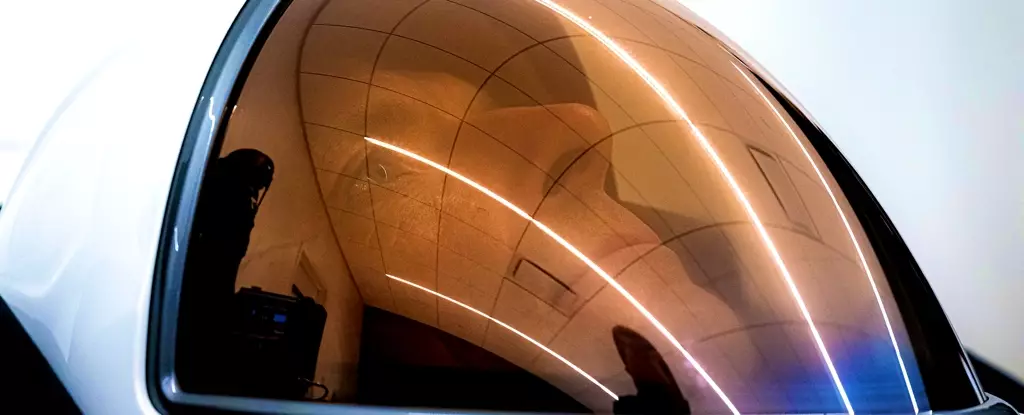The Polaris Dawn mission has been making headlines around the world due to its groundbreaking objectives, including the first-ever spacewalk by commercial space travelers. This mission, backed by Elon Musk’s SpaceX, represents a significant milestone in orbital spaceflight, as it is privately-funded and does not involve professional astronauts. Instead, the crew consists of a businessman, a fighter pilot, and two SpaceX employees. Scheduled to launch from Florida’s Kennedy Space Center on August 28, the crew will travel further from Earth than any humans have since the Apollo missions, reaching altitudes of up to 1,400 km.
The four crew members of Polaris Dawn each play a critical role in the mission. The spacecraft’s commander, Jared Isaacman, is an American businessman who is no stranger to space travel, as this will be his second commercial SpaceX mission. The pilot, Scott Poteet, is a retired US Air Force lieutenant colonel, bringing his expertise to the mission. Sarah Gillis, the mission specialist and lead space operations engineer at SpaceX, is scheduled to conduct the historic spacewalk with Isaacman. Finally, Anna Menon, another mission specialist and medical officer, adds her expertise to the team. The crew will be wearing highly advanced SpaceX-designed EVA suits, showcasing the cutting-edge technology behind this mission.
Despite the ambitious goals of the Polaris Dawn mission, there are inherent risks involved. With a crew comprised of individuals with limited spaceflight experience, the lack of professional astronauts onboard raises concerns about safety and expertise. The unique design of the Dragon capsule, with a hatch instead of an airlock, presents challenges during the spacewalk, requiring the spacecraft’s interior to be depressurized. This poses additional risks to the crew, who will rely on their spacesuits for life support during the EVA. While the crew members are well-trained for the mission, the absence of veteran astronauts may impact decision-making and problem-solving in the event of unforeseen challenges.
Beyond its scientific objectives, the Polaris Dawn mission carries a strong humanitarian focus. Jared Isaacman’s previous spaceflight raised over US$240 million for the St Jude Children’s Research Hospital, a feat he aims to replicate with this mission. The crew members will conduct health-related experiments during the mission, contributing to advancements in medical research. By allowing internet users to donate to the St Jude Children’s Research Hospital through their website, the mission seeks to make a positive impact on childhood cancer treatment globally. This mission is the first of three in the privately-funded Polaris Program, paving the way for more accessible and democratized space travel in the future.
The Polaris Dawn mission symbolizes the evolution of space exploration from the Apollo era to the present. Using the same Dragon spacecraft that launched US astronauts from American soil in 2020, the mission bridges the achievements of the past with the possibilities of the future. By inspiring future generations to see space not as a distant frontier, but as a natural extension of human exploration, the Polaris Dawn mission sets the stage for a new era of space travel. As commercial missions continue to reduce the cost of access to orbit, spaceflight becomes more inclusive and accessible to a wider range of individuals, moving towards a future where space exploration is not limited to professional astronauts or the ultra-wealthy.


Leave a Reply